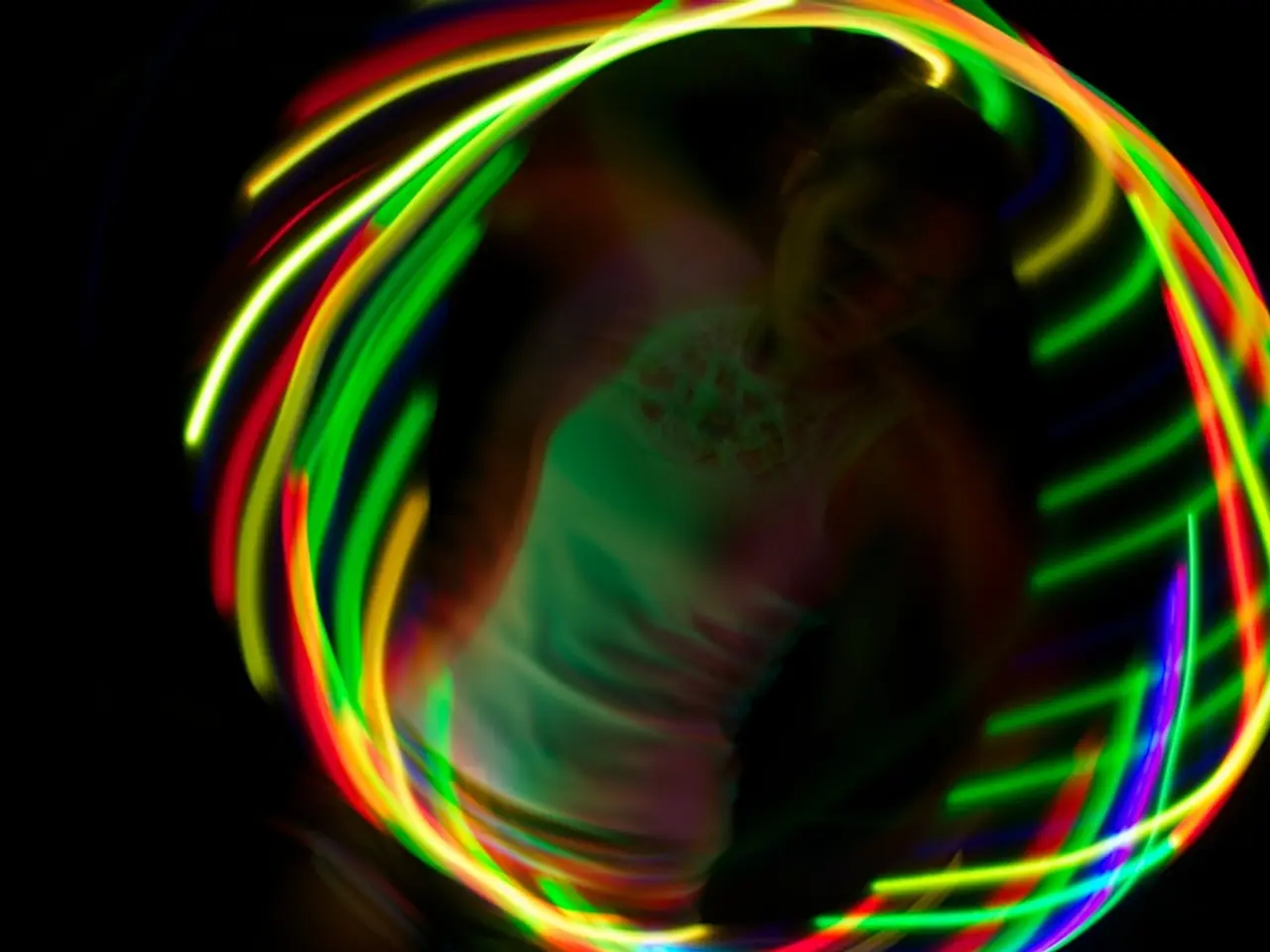Eye bag discoloration: Reasons and remedies
Dark circles under the eyes can be a common concern for many people, affecting individuals of all ages and backgrounds. While they are generally not a cause for concern, some may wish to reduce their appearance for cosmetic reasons.
A variety of factors can contribute to the development of dark circles, including lifestyle choices, genetics, and certain medical conditions. Lack of sleep or poor sleeping habits, frequent rubbing of the eyes, and smoking are all known to be causes of dark circles. Allergies, including hay fever, and certain medications can also lead to dark circles. As we age, our skin becomes thinner, and reduced levels of fatty tissue around the eyes can cause dark circles. Additionally, hyperpigmentation, an increase in melanin production, can cause dark circles.
For those seeking natural remedies to reduce the appearance of dark circles, there are several options available. Cucumber and aloe vera make for a refreshing and effective mask, as blending half a cucumber into a puree and mixing it with a tablespoon of aloe vera gel can cool and soothe the under-eye area, reducing puffiness almost instantly while hydrating sensitive skin. Potato and honey are another powerful combination, as extracting juice from a grated small potato and mixing it with a teaspoon of honey can help lighten pigmentation while hydrating the delicate skin.
Cold compresses, using frozen spoons, refrigerated tea bags (especially green or chamomile), or cucumber slices on the eyes, can also provide relief. The cooling and decongestant effect of these remedies can reduce puffiness and refresh tired eyes. Green tea, rich in antioxidants, can further improve blood circulation and reduce inflammation when used in cold tea bags placed over closed eyes for 10-15 minutes.
Milk pads soaked in cold milk and placed over the eyes for 10-15 minutes can also soothe and lighten the under-eye area due to milk’s skin-lightening properties. Tomatoes, with their antioxidant and skin-lightening effects, can be used in combination with mint leaves or juice around the eyes for a refreshing and brightening effect. Aloe vera mixed with vitamin E applied overnight can hydrate, repair skin, and gradually reduce dark circles with regular use.
While these remedies provide immediate benefits, their effects are generally temporary and do not address deeper causes such as genetics or aging. Consistent care combined with adequate sleep and lifestyle adjustments is important for longer-lasting improvement.
In some cases, medical treatments may be necessary to address dark circles. Blepharoplasty, a type of surgery, can remove dark circles due to deposits of fat or extra skin around the eye area. Laser therapy, with less invasive options like pulsed dye or diode lasers, can also be an effective treatment, minimizing potential side effects. Topical creams, such as bleaching creams for hyperpigmentation, may also be used.
It is essential to consult with a healthcare professional before starting any new treatment for dark circles, as certain medications and medical conditions can contribute to their development. While dark circles are rarely a cause for concern, addressing their appearance can help improve overall confidence and well-being.
[1] "10 Home Remedies for Dark Circles Under Your Eyes." Healthline, Healthline Media, 21 Mar. 2019, www.healthline.com/health/dark-circles-under-eyes-home-remedies. [2] "Home Remedies for Dark Circles." WebMD, WebMD, 22 Dec. 2020, www.webmd.com/beauty/features/home-remedies-for-dark-circles. [3] "Dark Circles: Causes, Treatments, and Prevention." Mayo Clinic, Mayo Foundation for Medical Education and Research, 16 Dec. 2019, www.mayoclinic.org/healthy-lifestyle/adult-health/in-depth/dark-circles/art-20044099. [4] "Dark Circles: Causes, Treatments, and Prevention." WebMD, WebMD, 22 Dec. 2020, www.webmd.com/beauty/features/home-remedies-for-dark-circles.
- Blepharoplasty, a surgical procedure, can help those with dark circles due to fat deposits or excess skin around the eyes.
- Laser therapy, such as pulsed dye or diode lasers, is a less invasive option for treating dark circles, minimizing potential side effects.
- Topical creams, including bleaching creams for hyperpigmentation, can be used to treat dark circles.
- For those with bipolar disorder, healthcare professionals may consider addressing the underlying condition as a strategy to reduce the appearance of dark circles.
- Obesity, diabetes, psoriatic arthritis, and multiple sclerosis are medical conditions that can contribute to the development of dark circles.
- The predictive science of health-and-wellness can help identify individuals at risk for developing dark circles due to genetic factors or lifestyle choices, allowing for preventative measures to be taken.
- Rather than relying on cucumbers and aloe vera alone, incorporating skin-care products with proven dark-circle-reducing ingredients, such as retinol and niacinamide, can enhance the effectiveness of home remedies.
- Dark circles can be a symptom of depression or mental health issues, highlighting the importance of addressing overall mental well-being for a healthier appearance.
- The aging process can lead to reduced levels of fatty tissue around the eyes, causing dark circles, making it essential to adopt a healthy lifestyle and skin-care routine to maintain skin health.
- Ashtma, a respiratory condition, is another medical issue that can contribute to the development of dark circles, highlighting the interconnectedness of various health conditions.




